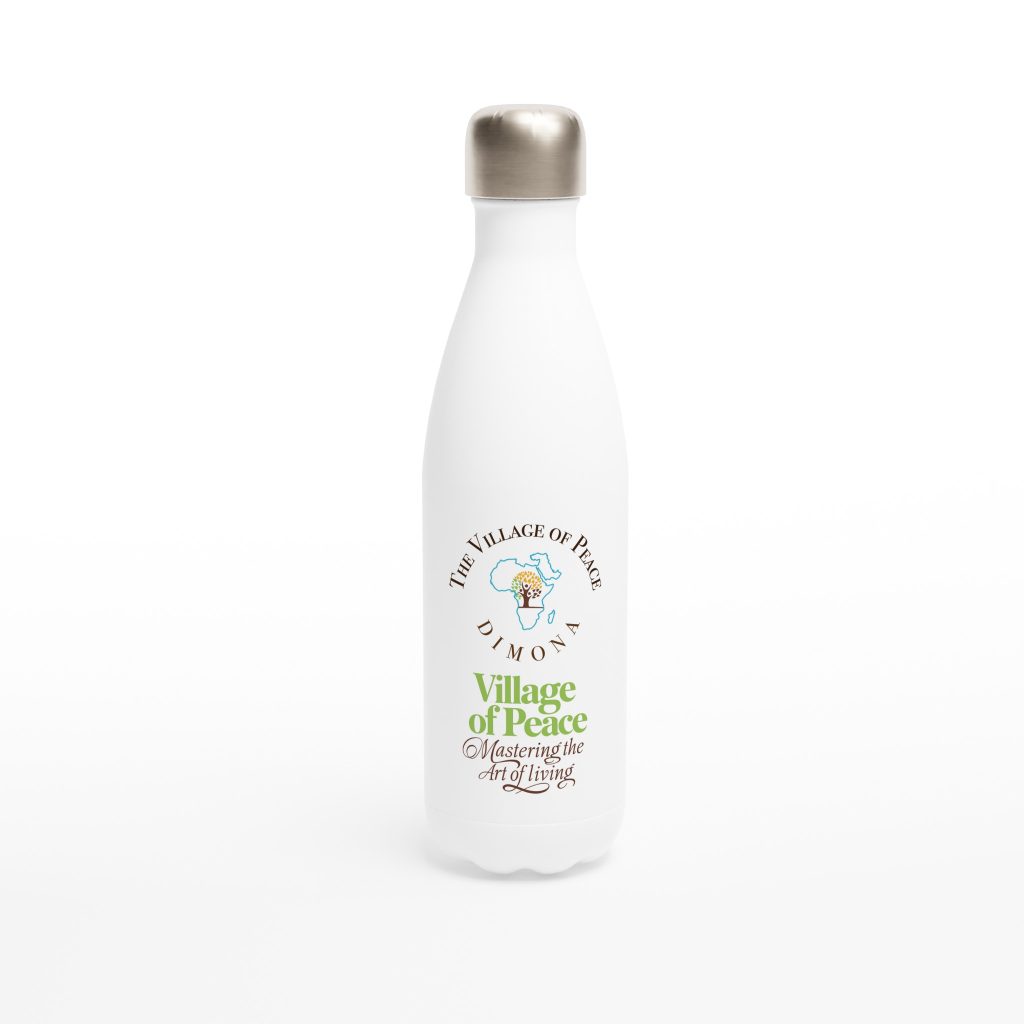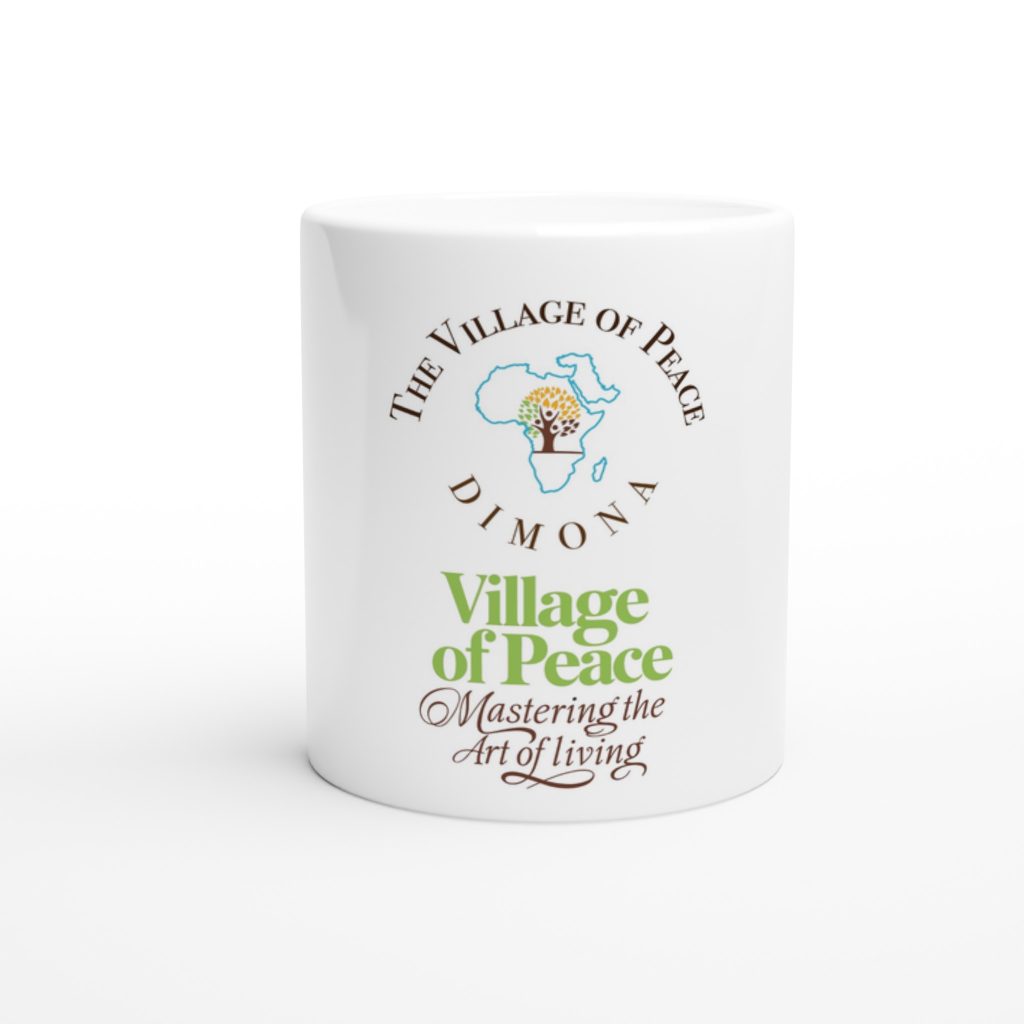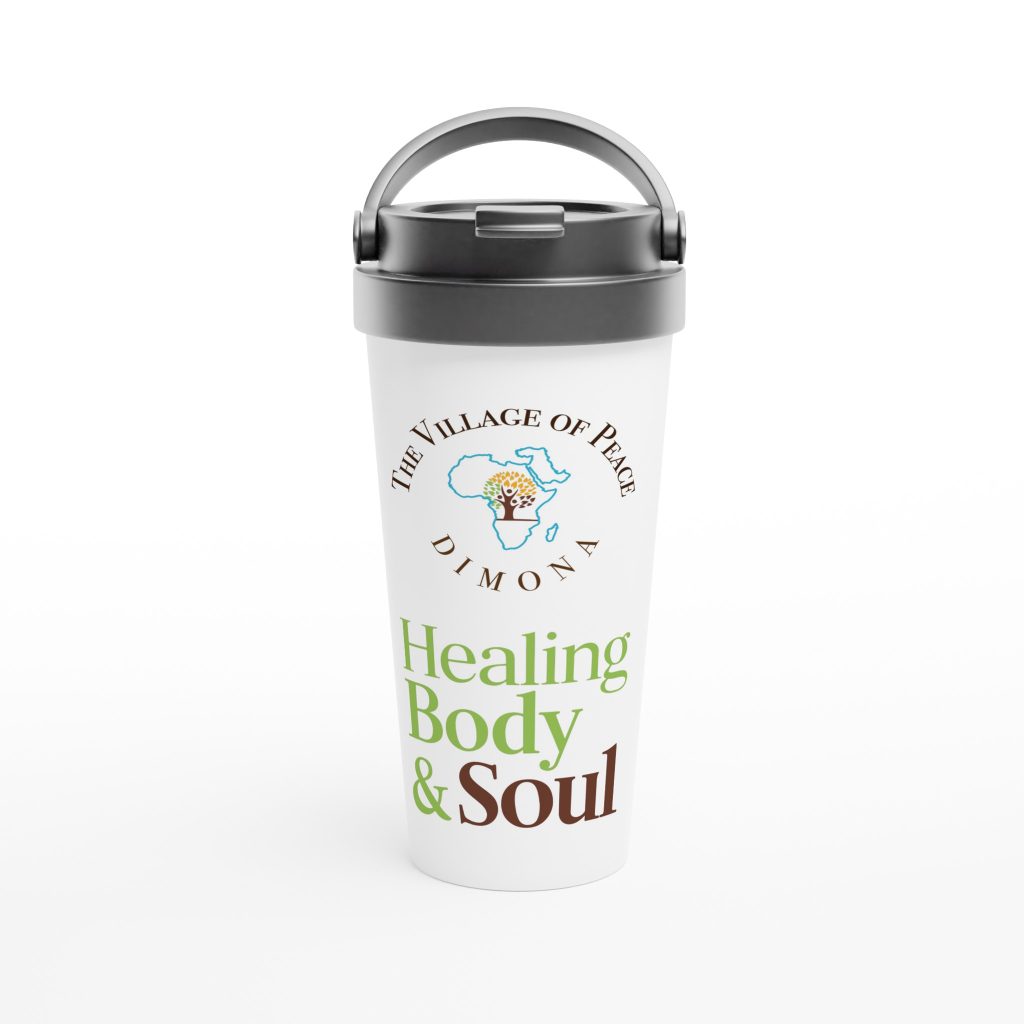Most people love food. In some way or another. If you’re a food lover or “foodie,” take a moment and think back to when you first discovered your love affair with it. I love food. I’ve had some kind of intimate, intentional dealings with food since I learned to cook at the tender age of 8. Food has always played a large part in my life as a creative artist since that time. I even cooked professionally in my early years as a vegan, for a couple of vegan restaurants.
Get-togethers on both sides of my family would be epic because everyone could cook and took pride in their food. Like most families in most cultures, food bonded us, defined us, gave us joy and comfort, and was used as competition. It also soothed us in the darkest times and helped elevate the deepest joys. As in most “African-American” families, food was king.
Food Glorious Food
Ultimately food is designed to serve your body, as well as your spirit, by fueling your need to go about your day and achieve what you need to do. But it’s become much more than that, and the struggles you can have with it, largely due to the expanded definition of ‘food” and its greater availability, can be extremely debilitating.
Portions vs. Servings
Not only is there greater availability of food, but larger portions are encouraged. Every restaurant has a super-size drink, and humongous sandwiches and portion sizes.
Eating patterns have changed substantially, and what was once a serving size back then, has grown considerably now, along with many people’s waistlines.
There’s a difference between portion size and serving size. Portion size is what you put on your plate, cup or bowl and it can vary wildly from one person to another. In the U.S. a serving has been traditionally defined, at least for commercial foods, by the U.S. Food and Drug Administration (FDA).
The (FDA) prints a suggested serving size on the labels of food products so that consumers can calculate the nutritional information as well as the caloric intake of the contents and hopefully make smart choices and keep excess calories at bay. These serving sizes were suggestions, however, and they were based on consumption patterns that the FDA observed during specific time periods.
“In 1993, when the U.S. Food and Drug Administration created the Nutrition Facts label, the standards used to determine serving sizes—called the Reference Amounts Customarily Consumed (RACCs)—were based primarily on surveys of food consumption conducted in 1977-1978 and 1987-1988. The 1993 RACCs were used by manufacturers for over 20 years to calculate the serving sizes on their packages.” https://www.fda.gov/consumers/consumer-updates/food-serving-sizes-have-reality-check
“The updated RACCs used to set the requirements for serving sizes on packages are now based on 2003 to 2008 data from the National Health and Nutrition Examination Surveys.
The FDA also changed the criteria for labeling based on package size. With the updated requirements, more food products previously labeled as more than one serving are now required to be labeled as just one serving. Why? Because people are more likely to eat or drink the entire container or item in one sitting.”
Is it too late to eat?
Food in nearly every shape and form is available nearly 24 hours a day, seven days a week in many regions around the globe. Twenty-four-hour cable/social media consumption can literally be wallpapered with either food adverts or content creators/influencers flaunting some kind of food product, recipe, service or proliferating “food porn.” All those visual stimuli are eventually going to trigger some kind of desire, which is easy to satisfy with food delivery services. If you’re up and watching, eventually you’re going to think you’re hungry.
But can it be bad to eat late – and what is late, exactly?
Several studies exist as to how late one should eat and how damaging it might be. It’s important to understand however, the goal of food is to nourish the body so that it can perform. And the body needs calories, among other things for its performance. Excess calories can lead to obesity. And excess food, particularly late at night can have a negative effect on digestion as well as restful sleep and the body’s ability to have enough energy to perform the next day.
According to a study published in the journal Cell Metabolism, late eating actually increased hunger affecting appetite-regulating hormones consistent with increased hunger. It also decreased daytime energy expenditure and decreased the body’s production of leptin an important hormone the body needs to maintain a normal weight.
Another article by the Cleveland Clinic, advises that you shouldn’t eat less than three hours before bedtime. If you do feel hungry right before bed, some foods are less detrimental than others and even aid you in getting more restful sleep. Some studies suggest that almonds, tart cherry juice, walnuts, kiwi, and chamomile tea are some foods that can actually aid sleep.
Eating mindfully/intentionally
Mindful eating has become a personal journey for me and something I’m continuing to learn to do better, daily. There are a lot of approaches one can take about it, you just have to research and try what is best for you. Here are some of the tricks I’ve learned and used for myself.
- I take only a small portion at a time… Growing up in the “clean your plate club” meant you didn’t get up until you cleaned your plate. The idea of “I see it, so I have to eat it and not waste it,” was buried deeply within. That was different when I was a child and was constantly, physically active so could burn all those calories. As our bodies mature, things change. If I must get up to get more food, then generally I’ll say no.
- I use a smaller plate or a bowl. If I can’t fit a lot of food in it, then I can’t eat a lot of food at one time. Years of working in food service when I was younger, taught me how to “plate” food. How to arrange it neatly, make it visually appealing and not to crowd it. That has helped influence my visual palate because I’ve developed an aversion to a crowded plate. Seeing each element of the plate neatly in its own space means I can only put a smaller amount of food on it at one time.
- I eat much slower with smaller bites, something I learned from my wife. I savor the bites, slowing myself down to try to identify and appreciate each ingredient or element in that spoon or forkful. There are some good websites and information about this type of mindfulness that can be found with an easy search. For me, I try to think of each mouthful as a song or a good passage of words that I didn’t want to end. It makes me slow down and appreciate it. I end up not cramming the food down my stomach and look up and feel stuffed or bloated within a few minutes.
- Distracted eating is a no-no for me. Take away distractions as much as possible and just, EAT. That means detaching from social media, and any other media if it’s going to make you oblivious to how much you’re stuffing into your mouth. Conversation with like-minded friends frequently goes hand-in-hand with some tasty food. Communal eating is probably one of the oldest, universal human rituals. When I’m with others, I sometimes find it useful to make sure eating itself doesn’t just become a background activity that I can’t remember 30 minutes later. For me, if I can’t remember the taste, sight, smell, or texture of what I ate, 30 minutes later, I was too distracted and probably ate too much.
- Just because I CAN eat, doesn’t mean I NEED to eat. “You’re not hungry, you’re bored,” was a saying that rapidly became both a warning and observation during the pandemic, when eating became an easy diversion for many who were homebound due to COVID restrictions. However, food as a diversion existed way before COVID. Food, or the lack of it, is linked to a lot of seminal events for many people. Grabbing something to eat, as a reflex or diversion from something else, for me, can have a negative effect on the body. If I’m going to eat something, I try to be deliberate, stop and ask myself, “Are you really hungry?” If I truly am, then I strive to make it a real, whole food, (vegan of course) snack that is not processed.
- In the Village of Peace Dimona we don’t eat and drink at the same time. If I’m going to eat, then I’ll wait at least 30 minutes before I drink something. If I’m going to drink first, then I’ll wait 20 minutes before I eat., For me, it allows my digestion to be more efficient, giving me less bloating and gas.
Everyone’s food journey is personal and sometimes requires an honest and deep look at where it’s taking you. Understanding the role, it plays for you and how it can bring joy, energy, and health when properly maintained is an integral part of Mastering the Art of Living
Looking to support your personal food journey? Explore our collection of supportive products at the Village of Peace Shop, featuring merchandise like mugs, T-shirts, and hoodies that promote sustainable living. Join US!








Food is definitely paving my path through life. I grow it. I enjoy cooking it. Watching videos of it being prepared and plated. Of course eating it is the light at the end of the tunnel.
I respect myself and food. I maintain a healthy relationship with it.
Greetings! You clearly are mastering the Art of Living in your food journey! That’s an affirming and inspiring perspective to hear and I wish you continued success on that journey. Thank you for taking the time to read the blog!
Excellent read. You definitely understand the critical nature of diet and its associated relationship with all walks of life. Controlling its growth is so key to maximizing the true cycles of life. Our children’s early brain development 1000% relies on the cleanest natural substances being introduced into their developing cognitive abilities. The data is there, lowest income urban children ingesting high chemical, high sugars salts and Saturated animal fats is devastating to their short and long term development.
Knowing these tips and basic understandings of what when how and why is critical. Keep it going!!
Thanks Michael,
You share some excellent points here on child development. We will definitely keep it going.
I love this…
Todah,
Sh’eefah – from the village of peace
Thanks Sheefah!
If we embraced the preparation and consumption of food as sacred, mindfulness would come naturally. I think about the old adage “you are what you eat.” What if “you are how you eat?” Our plates can be a mirror. How can we value the energy, time, effort, and resources that went into our meal if we eat it hurriedly and distracted? And how can we expect a meal consumed in this fashion to fully serve us and yield the vitamins and minerals we need? I have to ask myself these questions sometimes. Eating is an experience we should not take for granted. What a timely article for me. Thank you for sharing your insight.
Thank you Sahrah for reading the post and sharing your insights and experiences.